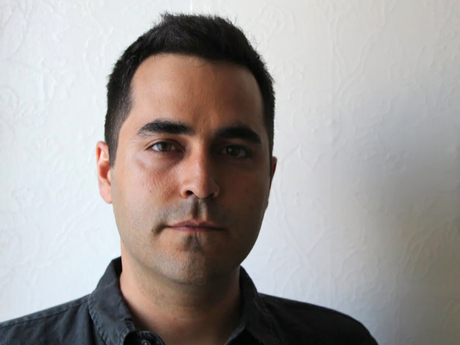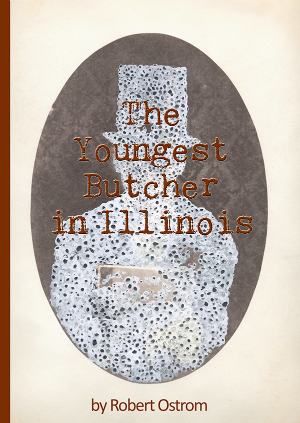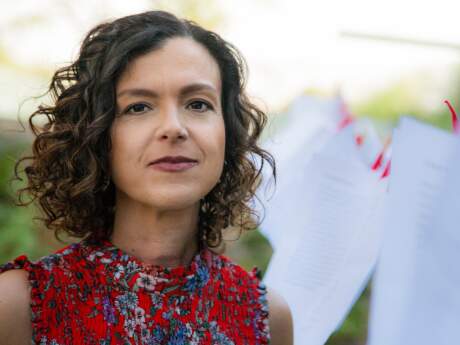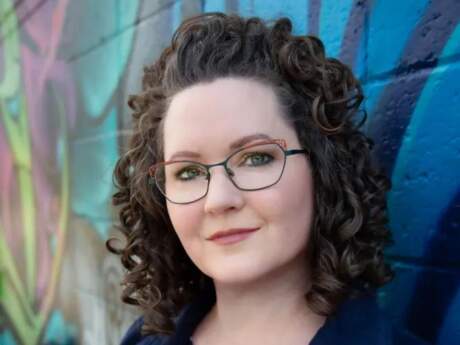In Their Own Words
Robert Ostrom's “To His Nephew”

To His Nephew
In my bureau is a matchbox. I am not going to make this easy for you. In the box there are two cloves, a snip of lavender, and a piece of ribbon. Inside the ribbon, a girl walks tiptoe with outstretched arms past the living room. She is my grandmother. In her pocket, a cinnamon quill and kitchen shears; in the bend of her arm, kith and kin: her grandfather carefully opens a butterfly case in which the inner ears of mammals are pinned. From the skein of bones like shell he hears something like metal and bird in a hallway. I am telling you because you want to be told. It's the clinking (do you hear) of a pocket case, minor operating instruments in an old man's hand. He runs toward his wife who braces herself on the spiral baluster. Around her neck they say she wore a bite of arsenic, but I know inside the pendant her mother sleeps beside my eldest sister. Tonight, you will sleep in your room because you are tired and because you do not believe me.
All rights reserved. Reprinted with the permission of the author.
On "To His Nephew"
Much of the work in my book, The Youngest Butcher in Illinois, was driven by a need to make sense of things from my life and, more specifically, family history. This poem is one of the oldest in the collection (I wrote it seven years ago). I included it because I thought it set up some of the book's concerns, and as such, it feels like the grandparent to others. However, unlike most of the poems in my book which were spawned by language—a line, a word— an idea shaped this one.
I was lying awake in bed one night (as I am wont to do) and thinking of my family (as I am wont to do), of genetics, depression and suicide. I've always struggled with being obsessively sentimental. I collect touchables, relics of people and places. I like to think these things carry a past, a sort of spiritual memory, maybe even a little life, and poems can act as a depository for these relics, maybe even a cure for sentimentia. In this poem, I thought it would be interesting to try to trace a genetic history through things passed down in my family. Almost all of the objects were in my apartment at the time, and before I wrote it, I simply walked around and opened up drawers and boxes inside of boxes.
The Mütter Museum in Philadelphia inspired some other imagery. That pocket case of operating instruments was from an exhibition of medical supplies from the Lewis and Clark Expedition. Also, I remember seeing a collection of inner ears there. These, along with a few additional spiral objects, were my attempt to allude to the double helix.
The narratives in the poem were drawn from real life (my oldest sister who died soon after birth is buried above my maternal grandmother who committed suicide), though the details aren't accurate and the chronology is scattered. These objects and stories were the raw material for the poem, but the poem itself helped me make sense of certain experiences. So it's all true now; it's all mine. And those inner ears are true. And the operating instruments, they no longer belong to Lewis and Clark.



